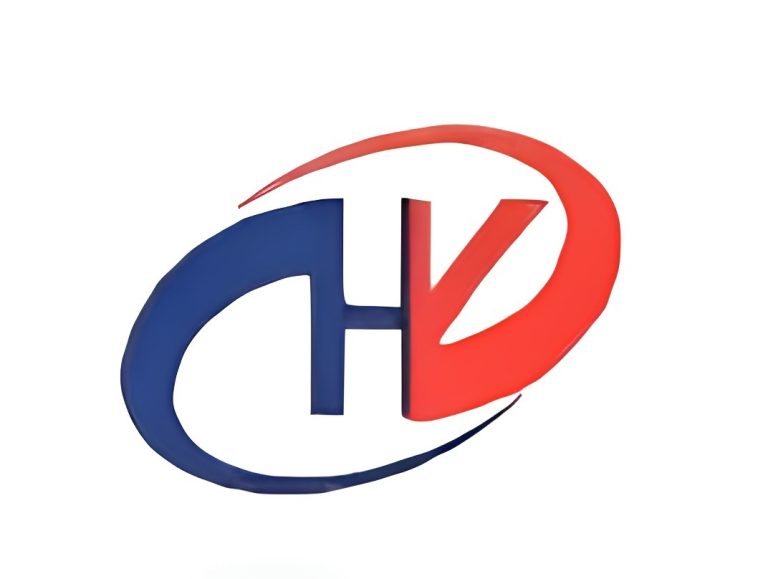
HK INFRA ENGINEERING PVT LTD.
plumbing
Plumbing engineering involves the design, installation, and maintenance of systems that handle water and waste in buildings. It ensures that plumbing systems are efficient, reliable, and compliant with regulations. Key areas of plumbing engineering include
Water Supply Systems
• Distribution Design: Designing systems to deliver clean water to fixtures and appliances throughout a building.
• Piping Materials: Selecting appropriate materials (e.g., copper, PVC, PEX) for water supply lines based on factors like pressure, temperature, and corrosion resistance.
Wastewater and Drainage Systems
• Drainage Design: Designing systems to safely remove wastewater from sinks, toilets, and other fixtures, directing it to the building’s sewer or septic system.
• Ventilation: Installing vents to prevent pressure buildup in drainage systems and ensure proper flow.
Sanitary Systems
• Fixtures: Selecting and installing fixtures such as toilets, sinks, and showers that meet performance and design requirements.
• Trap Design: Designing traps to prevent sewer gases from entering the building and ensuring effective waste removal.
Storm water Management
• Collection and Discharge: Designing systems to collect and direct storm water away from the building to prevent flooding and water damage.
• Rainwater Harvesting: Implementing systems to capture and reuse rainwater for irrigation or other non-potable uses.
Hot Water Systems
• Water Heaters: Selecting and installing water heaters (tank less, tank-type, or solar) to provide hot water for various needs.
• Circulation Systems: Designing systems to ensure hot water is readily available at fixtures, minimizing waiting time and conserving energy.
Backflow Prevention
• Devices: Installing backflow prevention devices to protect the potable water supply from contamination due to pressure changes or backflow.
• Testing and Maintenance: Regularly testing and maintaining backflow prevention systems to ensure they function correctly.
Water Efficiency
• Low-Flow Fixtures: Implementing low-flow faucets, toilets, and showerheads to reduce water consumption and promote sustainability.
• Leak Detection: Designing systems to detect and address leaks promptly, reducing water waste and damage.
Compliance and Regulations
• Building Codes: Ensuring all plumbing systems meet local and national building codes and standards for safety and performance.
• Permits: Obtaining necessary permits and inspections for plumbing installations and modifications
Maintenance and Troubleshooting
• Routine Maintenance: Scheduling regular maintenance to ensure plumbing systems operate efficiently and prevent issues.
• Repairs and Troubleshooting: Diagnosing and repairing issues such as clogs, leaks, and system failures.

